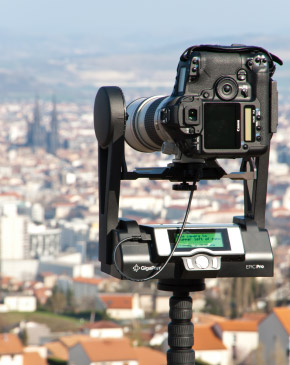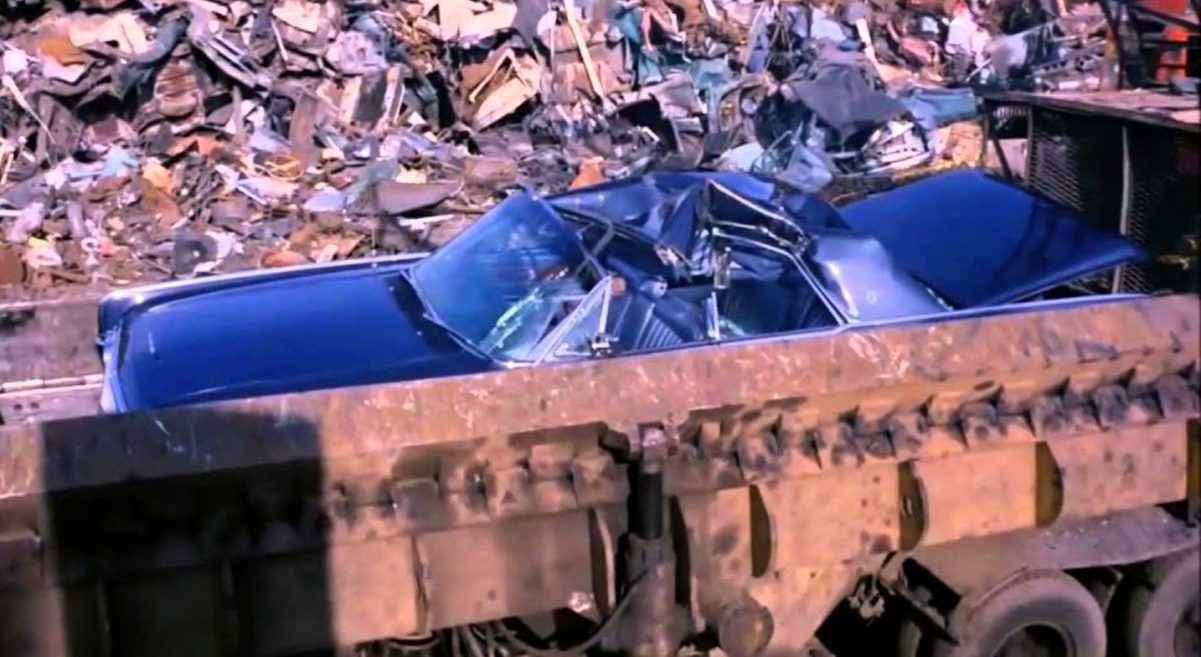I love James Bond! Who can still remember the scene from “Goldfinger“, when the strong villain Oddjob had the 1964 Lincoln Continental pressed into a small cube including a (already dead) mafia boss inside? A piece of cinematic history. Recently, I have practiced another form of pressing: I compressed space.
How did I achive this? You won’t believe it… I just took a photo! 😉
Photography can do magic. And to do that, I don’t have to retouch or put together something that doesn’t exist. I take advantage of the optical illusion when using telephoto lenses in landscape photography.

Telephoto lenses are not normally associated with landscape photography. The typical focal length for this application is around 24 mm. But I use such long focal lengths that my angle of view is so narrow that I can only see a small section of the complete image. In my current example it was 1200mm with a viewing angle of only 2 degrees! Can you imagine where this will lead?

So I take only a very small fraction of the complete scene per shot. In order to get a complete picture, I have to assemble it on many individual segments. In this way, I sometimes use over 100 individual images that contribute to an overall picture. Image by image in changing light conditions… Welcome to the world of superpanoramas!

You can certainly shoot a few images manually and later compose them on the computer. But with such a high number of individual images, this is almost impossible. How do I do that? With the aid of a mobile robot. The Gigapan Epic Pro panoramic head is a spherical motorized head which can rotate and tilt automatically. This type of head has been invented to make shooting hundreds of photos automatic in order to make high or ultra-high definition photos or even gigapixel panoramas. This system allows to place the nodal point of the camera lens above the rotary axis of the head and in the tilting axis of the vertical arm to get perfect overlap zones. Now you don’t necessarily need a jigsaw puzzle for creating high-resolution images anymore. After all, there are now cameras with very high-resolution sensors. But this particular example cannot be achieved without this unique technique.
So what effect am I trying to explain to you? What exactly is it about? OK, I am not going to beat around the bush any more: Longer focal lengths compress the image by causing the background to appear closer to the subject. This compression also causes objects that are behind one another to appear closer together than they really are. In essence, you can create a shallow depth of field and “flatten” subjects and their background by shooting from a distance with a longer focal length lens. This is a form of distortion known as lens compression.
Here is the result:

For Tooltips of the Gigapan Image Viewer and how to enjoy this image in full resolution, please visit my page: “The Panorama Experience“
Now what is so special about this picture? Granted: If you are not familiar with this area, then you may not notice the effect right away. This picture shows the city of Rapperswil on Lake Zurich with its castle in full glory of the evening sun. And close behind it rises a majestic mountain with a transmitter station on its top. At 2,501.9 metres (8,208 ft) above sea level, Säntis is the highest mountain in the Alpstein massif of northeastern Switzerland. Now this image is an illusion, created by the compression of the lens used.

In the picture above you find the distance between the individual positions: Shooting location, Rapperswil Castle and Mount Säntis. Who would have guessed that the mountain is actually 40km (25mi) away from the castle? But also the castle is already 10km (6.2mi) away from the shooting location (City limits of Wädenswil). For this picture to succeed, you need special weather conditions. A crystal clear sky with tremendous visibility is required. Impossible in the summer when the air shimmers from the heat. This is really only possible in the winter season. Isn’t that a great description of cool?
Cheers,
//Alex
